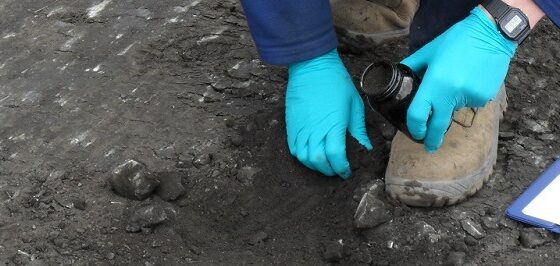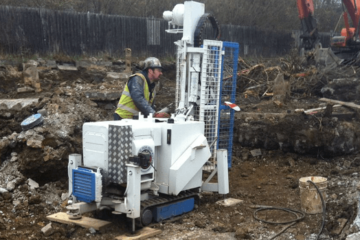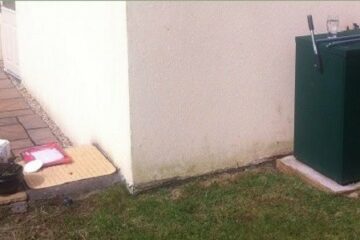On the face of things ‘what to sample?’ seems like a relatively innocuous if not silly question but in the field of contaminated land it’s not unusual for remedial works worth large sums of money or the argument against doing any remediation to rest largely on the results of analysis. You trust the analysis because it was carried out by a UKAS and MCERTS accredited lab but you don’t have to think very deeply to realise that sample collection is fundamental to the process and if you can’t trust that then the analysis which you’ve paid for isn’t worth the pdf it’s displayed on.
There are guidelines and textbooks about designing sampling strategies which it would be impossible and foolish to attempt to reproduce here, instead I’ll simply offer a few tips and thoughts to consider. The first question is what do you want to know? It’s useful to ask yourself this because you need your sampling strategy to achieve your aims. For example a non-targeted sampling regime might be suitable for a site investigation and may provide useful information but if you need to delineate an area of contamination it’s not as effective a use of your (no doubt limited), budget as carefully targeting your sampling on the areas and soil horizons you need to find out more about.
The next question is what do you actually sample from your target material? Generally speaking the crucial point of the matter is that sampling should be representative. It is natural human behaviour to focus on the pocket of funny coloured or oily smelling soil. It’s natural to want to get the unpleasant oily residue into the jar and to feel justified that you’ve found something interesting. Depending upon the nature of what you’re trying to find out then focussing on the stuff that jumps out at you might be the correct thing to do but you then have to acknowledge that you’ve targeted that sampling to get a worst case scenario and act accordingly. To base your findings for a large area on that one contaminated looking sample you picked out from amongst a greater mass of innocuous looking soil would be just as much of a mis-representation as deliberately avoiding the band of diesel soaked sand and claiming that there’s no contamination. If you are going to pick out that oily blob because you’re worried about the worst case scenario then collect a representative sample as well, the comparison of the two could provide some very valuable information. And if the temptation is too much you could always try closing your eyes and measuring where the sample came from afterwards.
Despite your best efforts that’s not to say you won’t get that rogue difficult to explain result, sometimes it just happens. Which is why you need to collect a sufficient number of samples to give you a good idea of site conditions and put that result into a sensible context.
If you want to get some advice or offer your own words of wisdom why not get in touch or leave a comment.







Leave a Reply